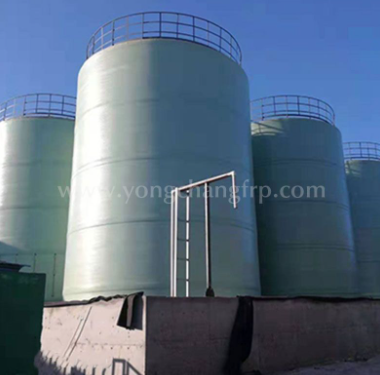What are Cable Trays?
Cable trays are used for providing mechanical protection in an environment where large quantities of power control cables are at work. Besides providing mechanical protection, these cables are also designed to facilitate a perfect routing path for power or control cables. These cables could be both overhead and under-ground.
There are a variety of cable trays available in different materials. Cable tray manufacturers make cable trays with galvanized steel, aluminium, stainless steel and glass-fiber reinforced plastic. Making a decision about which cable tray to choose completely depends on the usage and installation environment. Here the installation environment refers to taking into account electrical considerations as well as corrosion. Besides, cost is also an important decisive factor to be taken into account while picking cable trays. Let’s take a look at various types of cable trays:
Types of Cable Trays
1. Steel Cable Trays
Cable tray manufacturers also recommended using steel cable trays. They are highly popular because of several qualities and benefits. Steel cable trays offer exceptionally high strength and are low cost also. The only downside to steel cable trays is their high weight and lesser corrosion resistance. Apart from these cons, these cable trays are really ideal to use in a variety of applications.
2. Aluminium Cable Trays
Cable trays manufactured with aluminium by cable tray manufacturers in India are known as aluminium cable trays. Typically, these cable trays can be used in almost any environment. They have a repute of having a good strength-to-weight ratio and commendable resistance to corrosion. That’s not it. These cable trays are easy to install and are also advantageous because of their light weight. According to fastener manufacturers in India, these cable trays are approximately 50 percent lighter than that of steel cable trays.
3. Stainless Steel Cable Trays
Stainless steel cable trays are also widely used across various industries. They are highly resistant to dyestuffs. Besides, great resistance to organic as well as inorganic chemicals in extremely high temperatures is the hallmark of stainless steel cable trays.
4. Solid Bottom Cable Trays
If you are using sensitive circuits, then solid bottom cable trays are the best pick. These cable trays contain a solid bottom part with a solid cover. For superior EMI or RFI protection, these cable trays must be used. All fastener manufacturers in India recommend the same.
5. Ladder Type Cable Trays
It might surprise you that 80 percent of the cable trays used in any industry is ladder type cable trays. Moisture doesn’t accumulate in this cable tray type.
Hebei Yongchang Composite Material Technology Co., Ltd. is a leading frp cable tray manufacturer in China, with strong technical force, first-class equipment and advanced technology. We main provide glass frp cable tray, steel cable tray, polymer composite cable tray. For any queries about any cable tray types, feel free to get in touch with us. Stay tuned!


